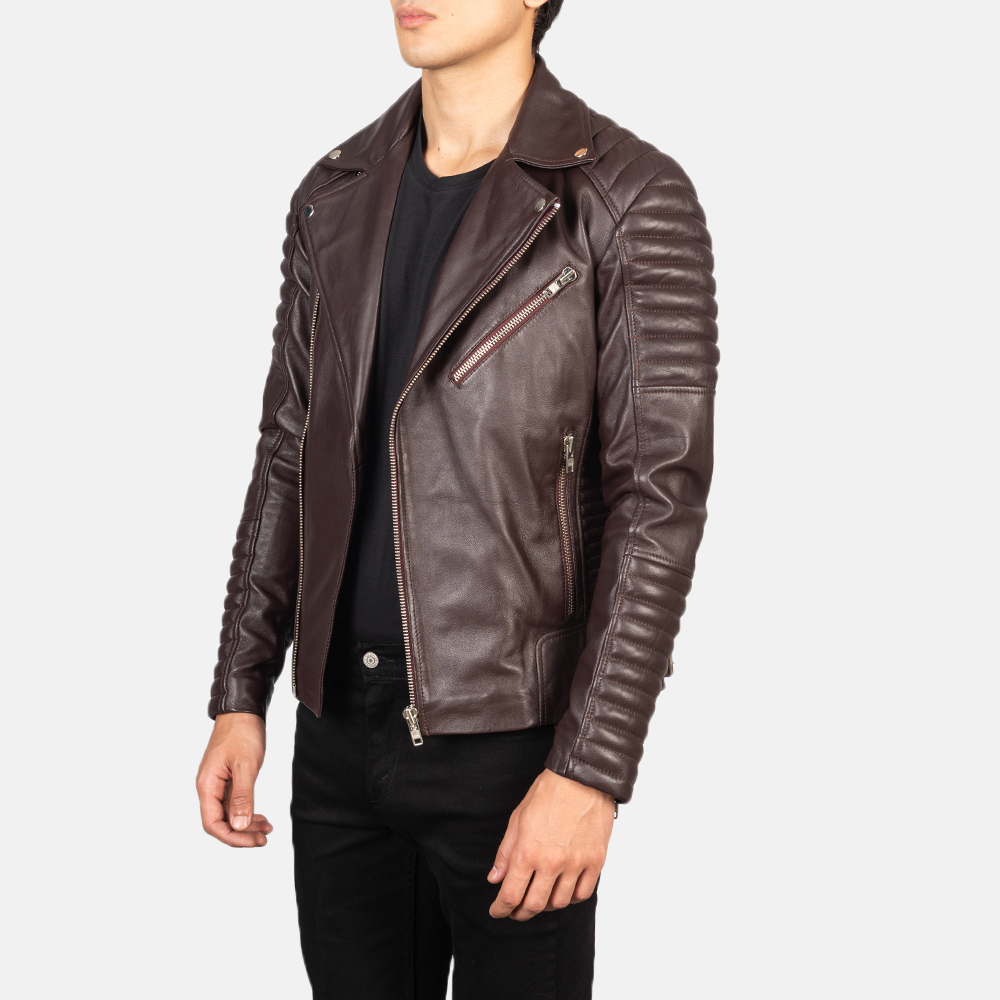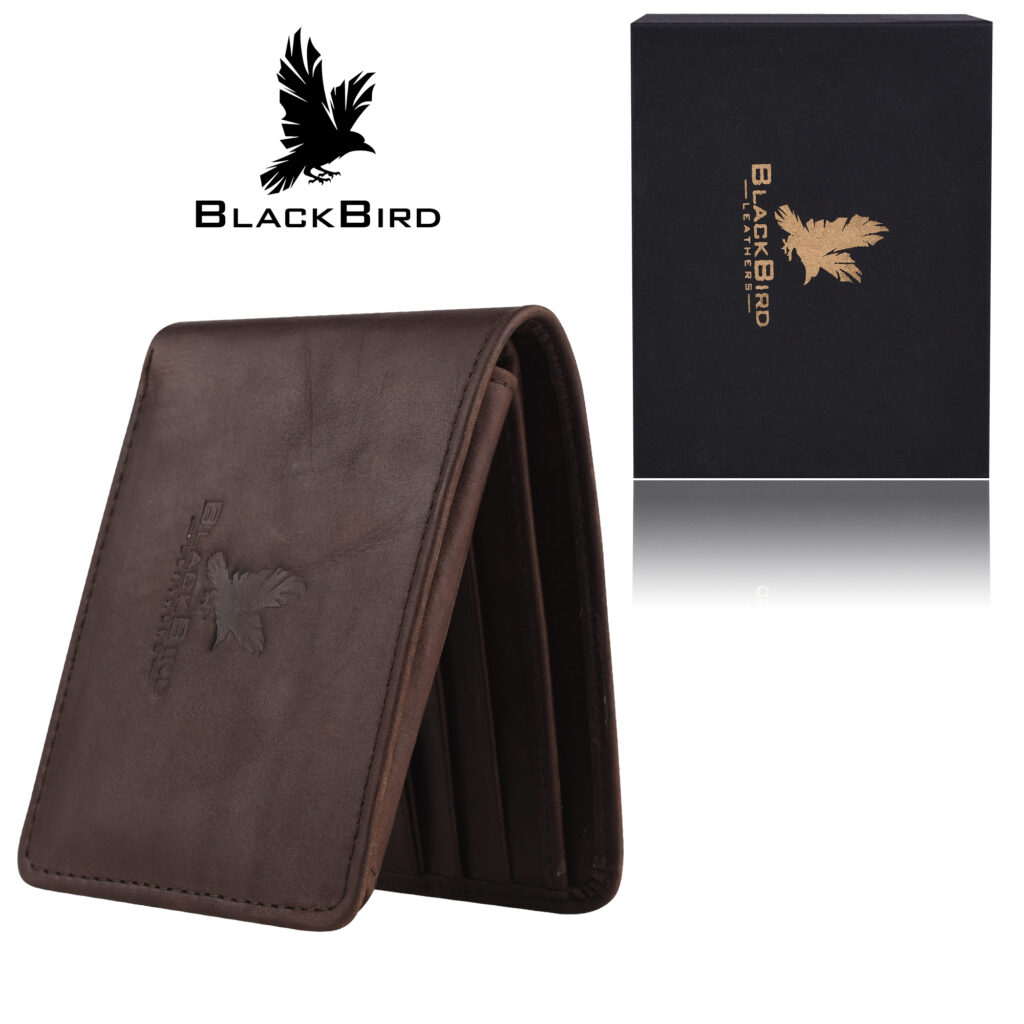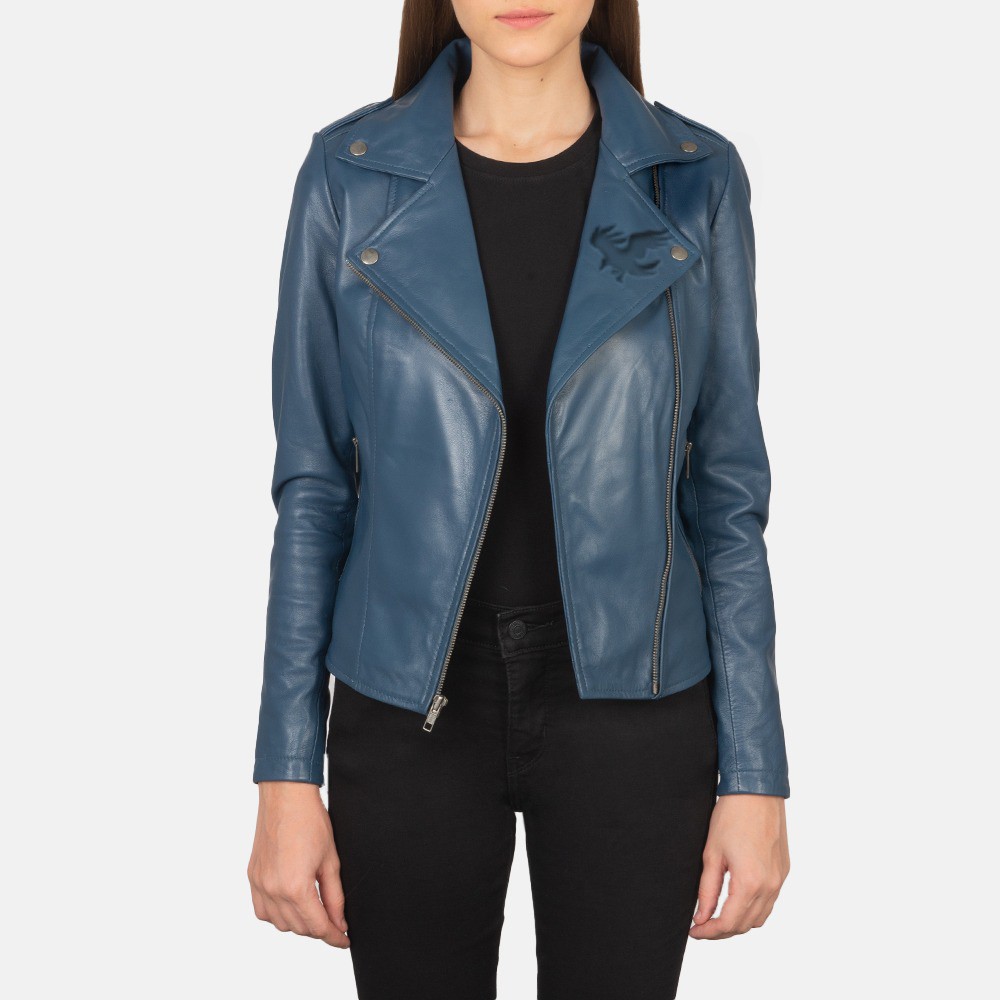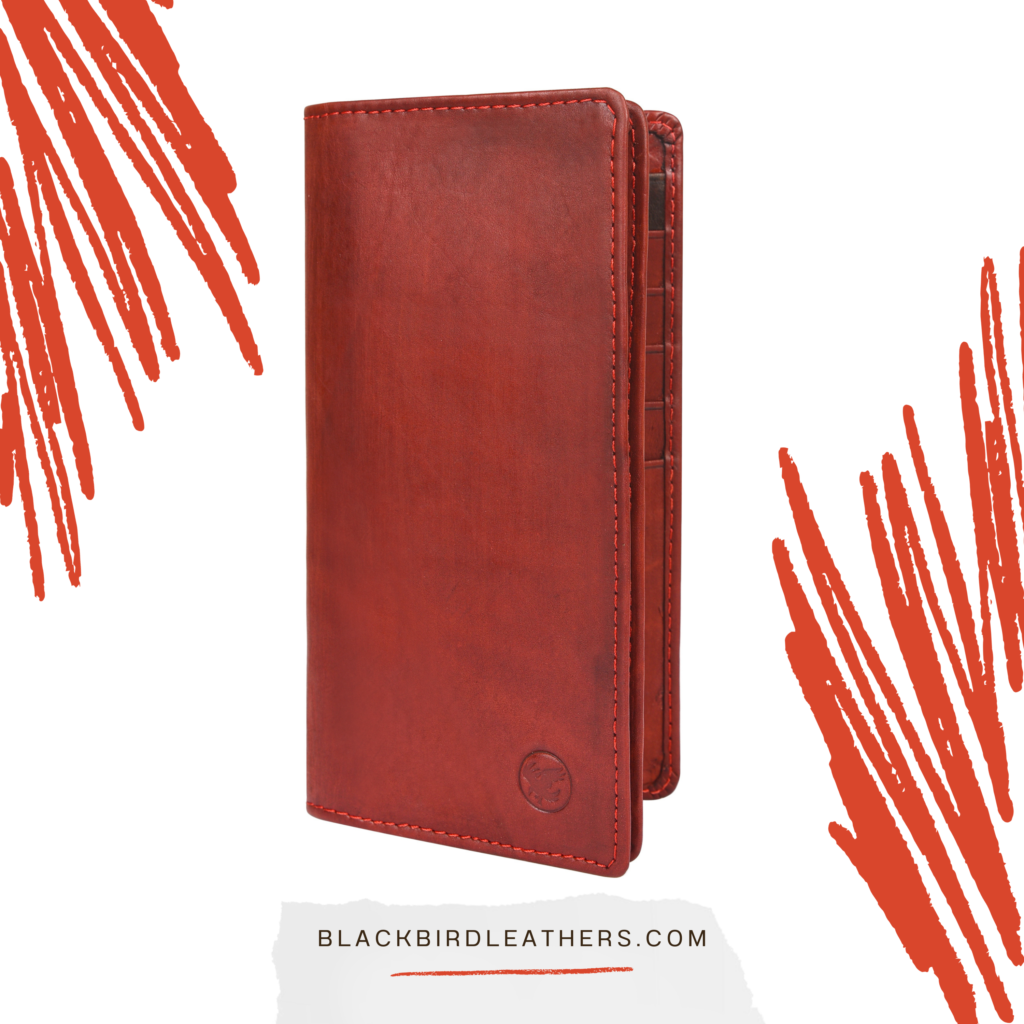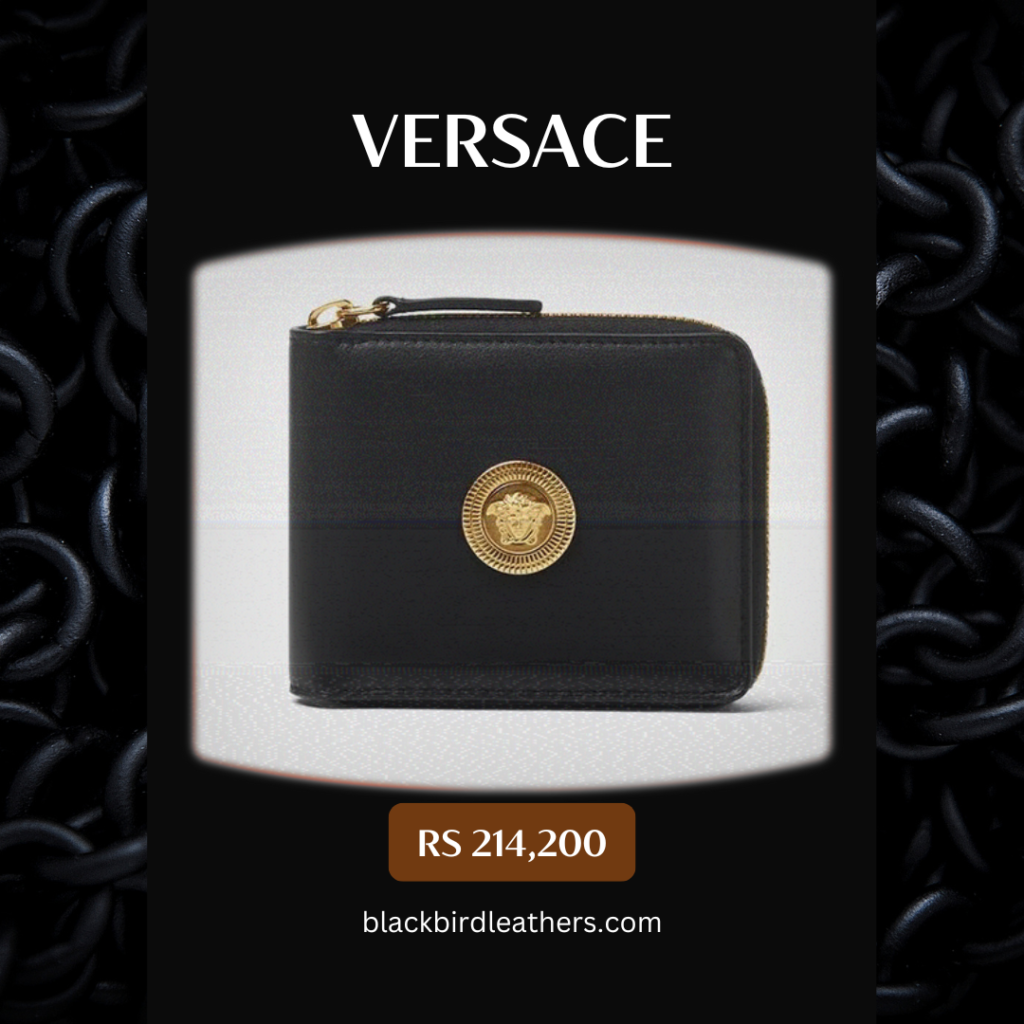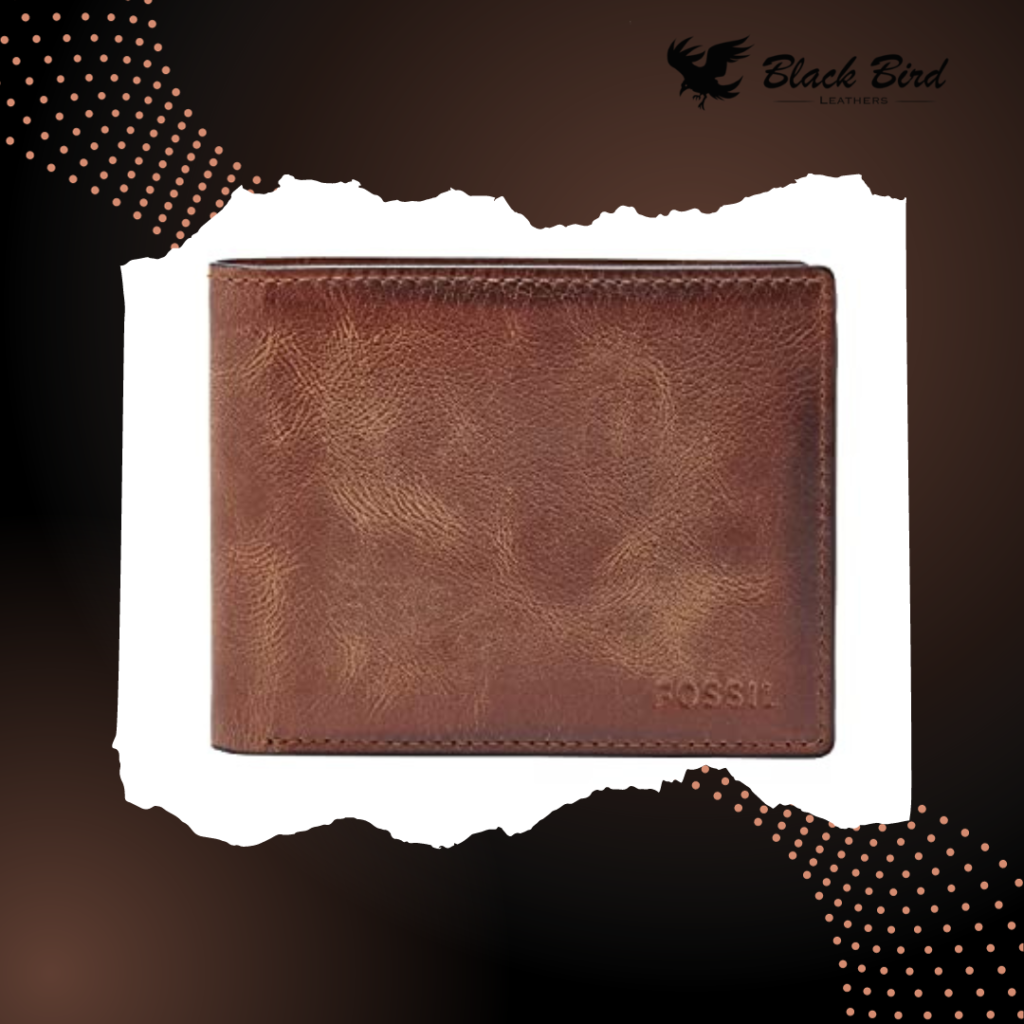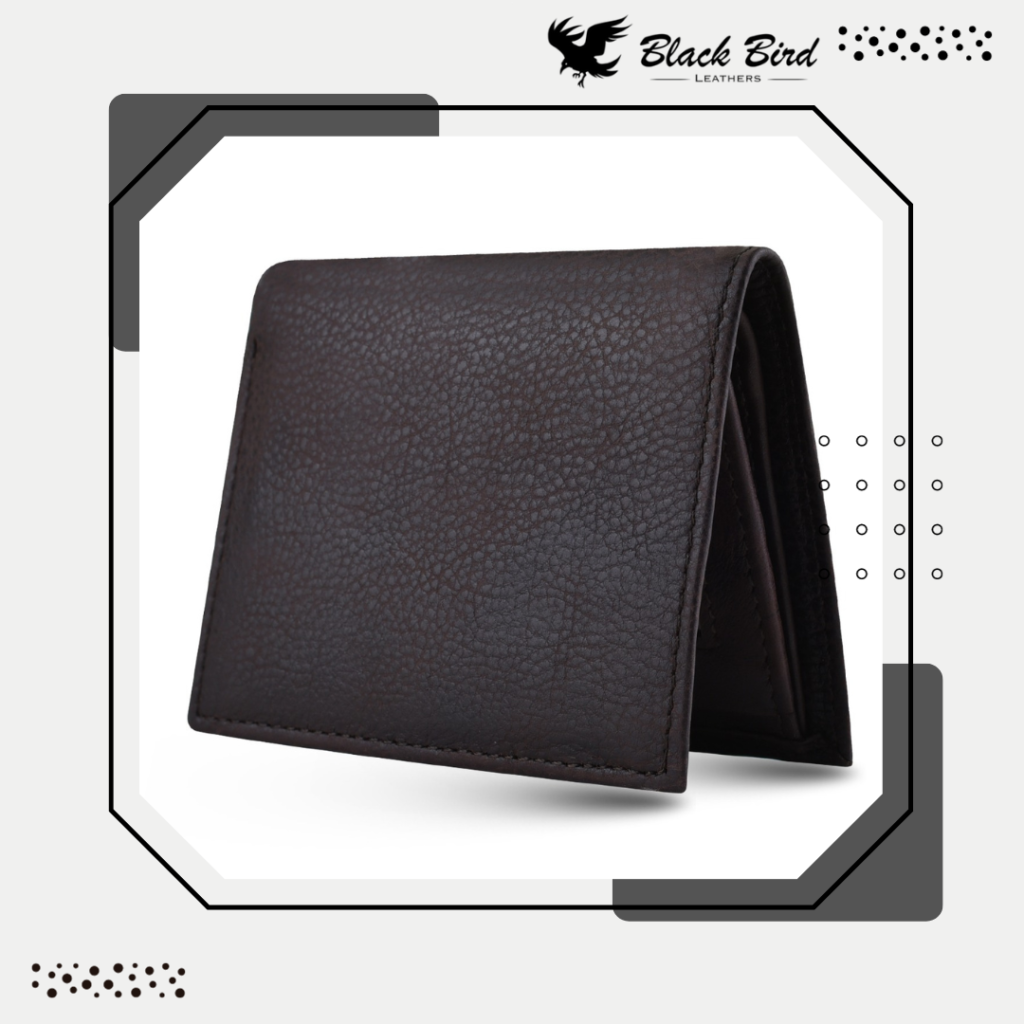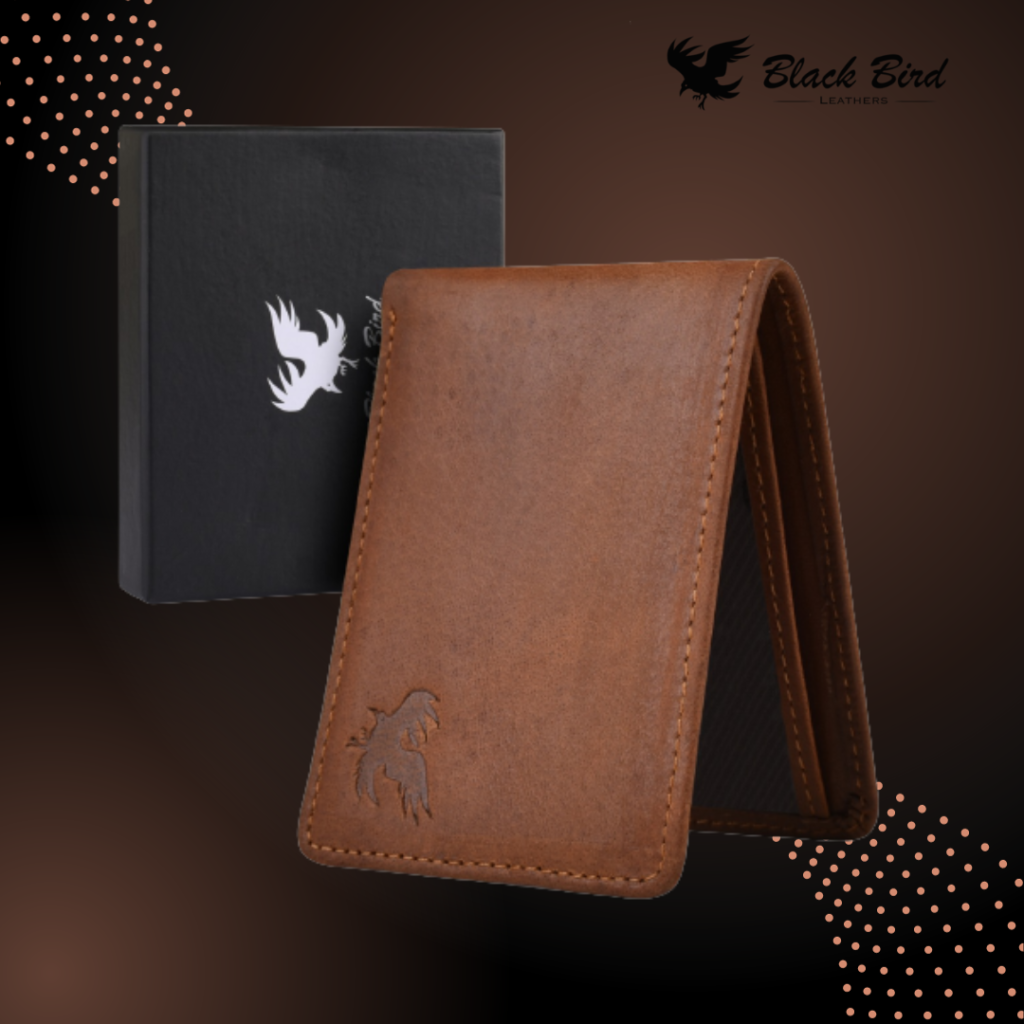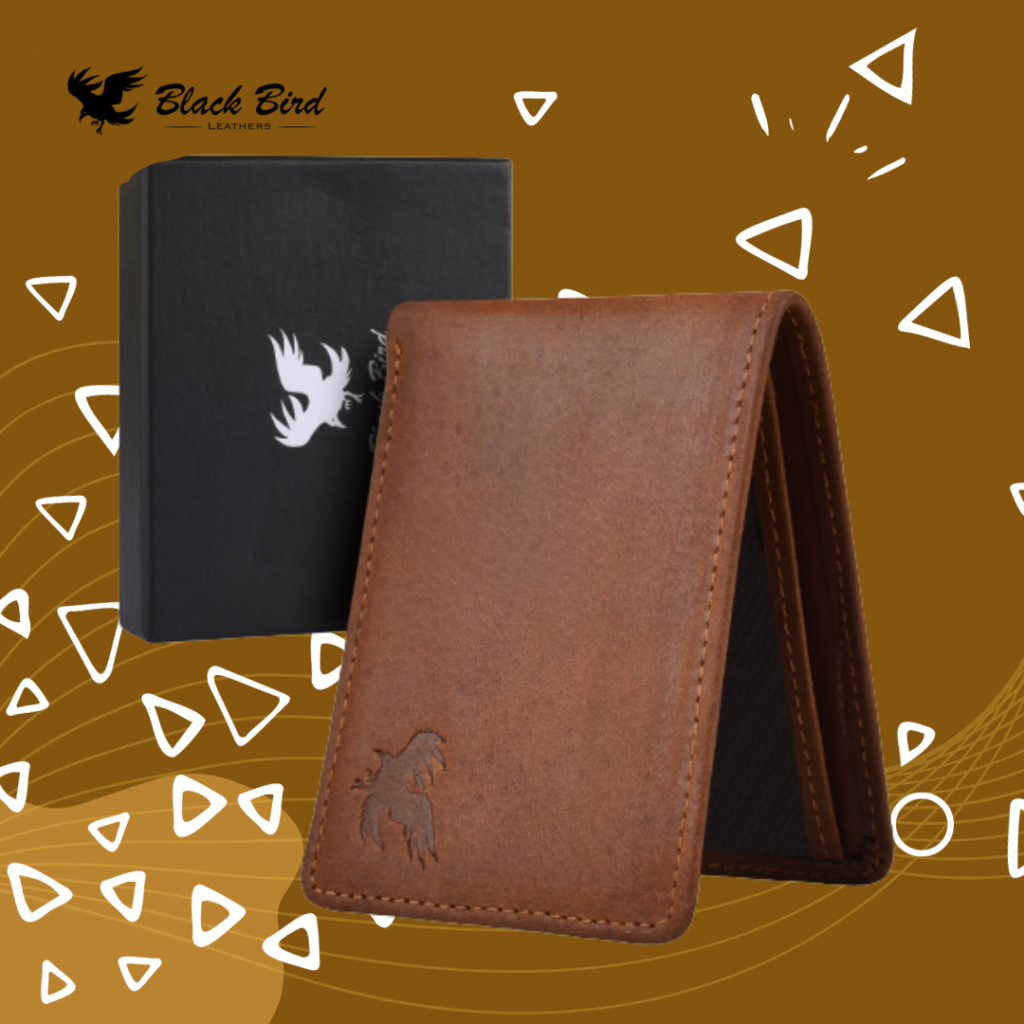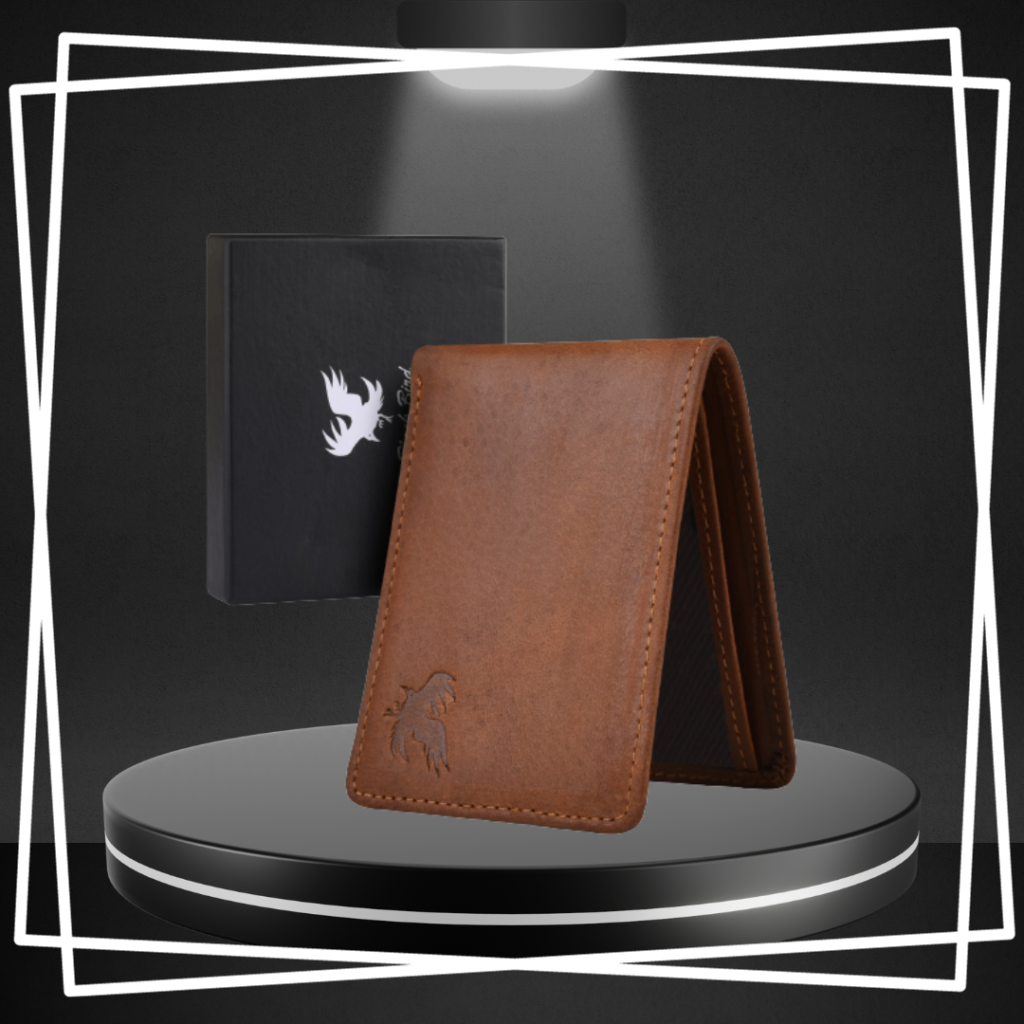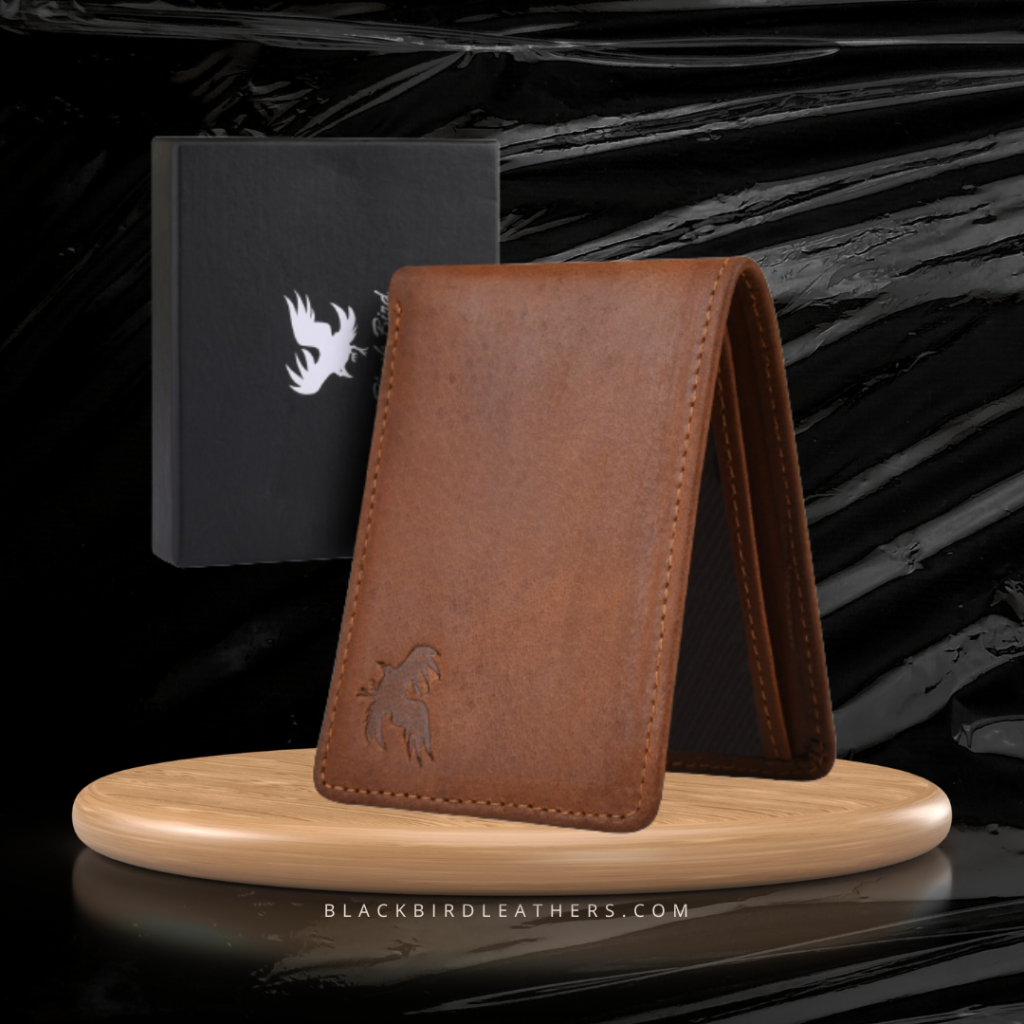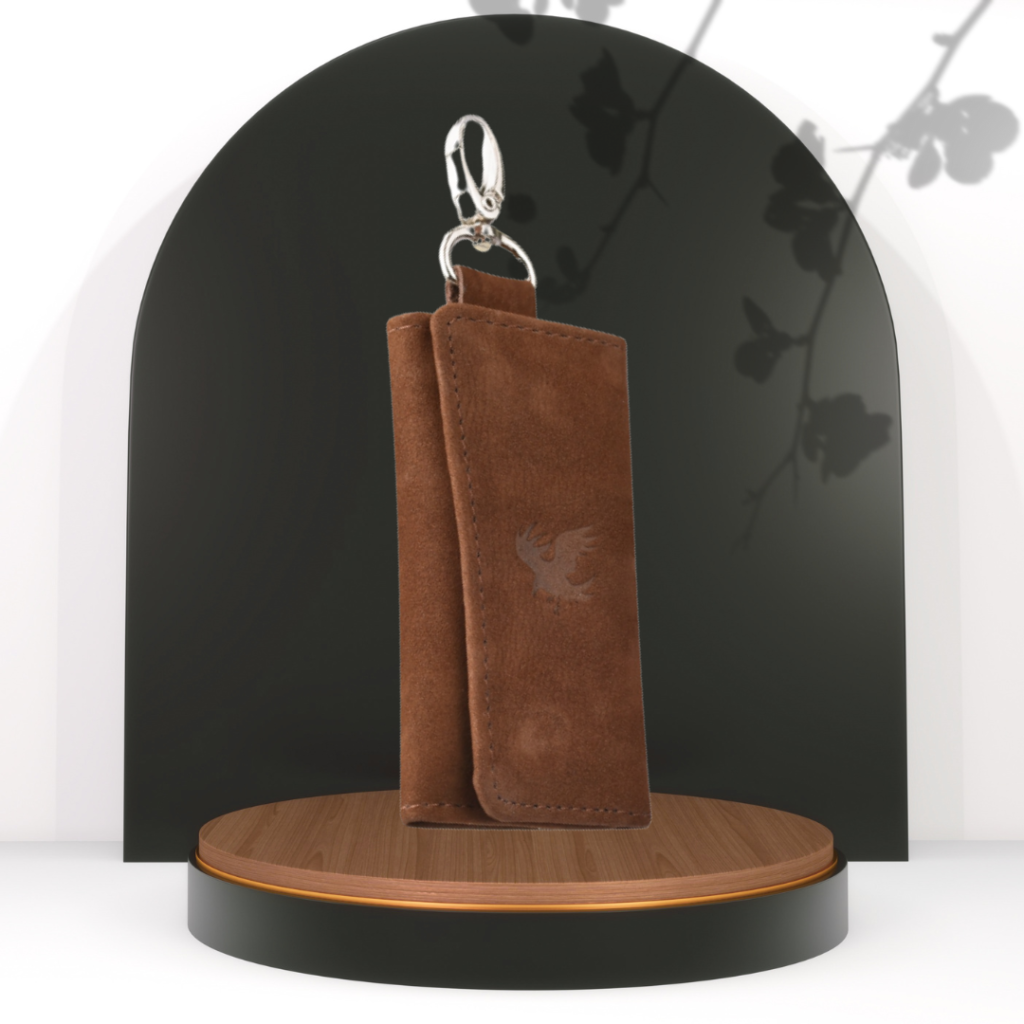Leather can be thought of as a non-woven mass of fibrous collagen protein that is derived from the skin of animals and that has been rendered bio refractive. An animal skin is made bio refractive and thereby converted into leather by the tanning process. The tanning process permanently incorporates what amounts to biocide into the collagen protein. Other desirable characteristics are imparted to the leather through fat liquoring, coloring, dressing, waterproofing, shaping, and working.
Fat liquoring is the process of incorporating fats, greases, and oils into the body of the leather. The presence of fats, greases, and oils in leather lubricates the fibers and tends to waterproof the leather. Without enough internal lubrication, the fibers will abrade and break due to friction, and the leather may crack.
Leather is given a color by means of dying or pigmenting. Depending upon the means employed, the coloration can be incorporated through the entire thickness of the leather, or it can be concentrated at and near the surface.
Dressing is a surface finish that is given to the material. The surface finish is a continuous organic matrix distinct from the protein fibers. That organic matrix can range from a latex paint to a wax. Dressing always refers to that which is the outmost layer of organic matter of the leather. Thus it is possible for a dressing to be “dressed,” since it is possible to apply a wax polish to a surface of painted leather. Prior to wax polishing, the organic matrix that is the paint outer layer of the leather was the “dressing.”
Working the leather refers to the repeated flexing of the leather in order to reduce stiffness. This is an entirely mechanical process.
WHAT CHEMICALS TO USE FOR LEATHER CARE ?
All chemical treatments of leather fall into one or more of these categories: substitute fat liquors, surface dressings, water proofers, and cleaners.
HOW CLEANERS WORK ?
Cleaners are chemicals or chemical preparations that aim to remove foreign matter from the leather. The trick with cleaners is that they have to be able to remove the foreign matter without themselves permanently changing the appearance of the leather being cleaned. Invariably, the matter that has to be removed from the leather is a solid or semi-solid, and the cleaning chemical is almost invariably a liquid. Cleaning is achieved either by dissolving the solid matter or by lifting the matter from contact with the leather through a process of preferential wetting. Preferential wetting means that the leather prefers to be in contact with the cleaning liquid more than with the solid contaminant.
In either case, dissolved solid or lifted contaminant, a cloth or sponge is nearly always necessary to complete the removal of the foreign matter from the leather. The foreign contaminating matter is transferred from the leather to the cleaning cloth.
The cleaner preparation also has to be removed from the leather to completely restore the leather to its previously clean state. Cleaner that is not itself removed can become a foreign contaminant. Cleaner is removed either by rinsing, transfer to a cloth or sponge, by evaporation, or a combination of all three processes.
Rinsing is the process in which excess water is used to dissolve the leather cleaner and carry it off. In effect, rinse water substitutes for the cleaner chemical in the leather. Water, weakly bound in the fiber mass, then itself evaporates. This process of removing cleaner is effective provided the leather itself is not adversely affected by getting wet.
If the leather to be cleaned is dressed, that is has a continuous matrix of organic matter on top of the fibers, then other dressing agents can be used to clean the leather product. In effect, it is the surface dressing that is to be cleaned, not the deep mass of protein fibers. Water and other leather dressing agents are useful in removing contaminants from dressed leather. The processes of dissolution and preferential wetting occur here also, as well as the transfer of solid contaminants from one body to another. Thus, cleaning, waxing, and polishing can occur as part of a single process.
SILCONES AND LEATHER
Silicone is a kind of synthetic oil, and the term silicone refers to a homologous series of organic chemicals that are based upon a backbone of alternating silicon and oxygen. Organic side chains, most often methyl groups, are bonded to the silicon atoms. The chains are terminated with methyl groups, making them non-reactive. The chains also can be terminated with hydroxyl groups or with hydrogen, making them reactive.
Silicone oil is a lubricant, and when it is able to penetrate into the mass of fibers it acts as a substitute fat liquor. Silicone imparts water-repellency, as well as gloss and a pleasant “hand” or feel to leather. Because silicone wets the leather fibers so well, a moderate amount of silicone is able to substitute for fat liquor without impairing the “breathing” of the leather. “Breathing” means that water vapor is able to pass though the mass of fibers. Leather can also be “stuffed” with grease or wax that blocks the passage of water vapor through the mass of fibers. The use of silicone enables the leather to be made water repellant to a degree without the loss of this quality of “breathing.” Stuffing leather with grease makes it waterproof, but renders the leather unable to “breathe.”
Silicone is usually an important component of leather polishes, especially ones that require buffing to bring out the shine. The silicone helps smooth out the wax crystals into a continuous glossy matrix, and also contributes to gloss and water repellency.
Silicone is a very useful product in the care and cleaning of leather. It finds use as a fat liquor, in cleaners, and in dressings. The drawback to the use of silicone is that silicone has a very low surface tension, and the function of other, water-based leather treatment chemicals can be impaired because silicone prevents the other product from wetting the leather.
NEATSFOOT OIL
Neat’s-foot oil is produced by the rendering of the feet and shinbones of cattle. It is typically yellow in color, and has a low melting point. It is used to keep leather supple and flexible, which means that it acts as a lubricant for the protein fibers. As such, it acts as a substitute fat liquor.
DRESSINGS AND COLORINGS
A dressing is a coating that is external to the mass of protein fibers, and yet is bonded to it. Typically, a dressing consists of a continuous organic matrix that can hold other kinds of material, such as pigment. Because the coating is external, it is possible for a dressing to be dressed, as when a leather object is polished with wax or made water repellent with a product containing silicone. Dressings are used to provide a decorative and often a protective coating over the fibrous mass, and much of the leather sold commercially is dressed during the manufacturing process. A dressing to a dressing is sometimes called a top dressing.
Aftermarket leather dressings are intended to restore or enhance the dressing that was applied to the leather in the manufacturing process. Waxes, for example, often contain die which matches the color of dressed leather, and the act of polishing the leather with colored wax applies a dressing that is a colorant, a waterproofing agent, and adds a pleasing gloss to the leather.
Colorants are dies and pigments that impart color to the leather, and are different from dressings. Colorants can be a component of a dressing product. Some leathers, during the manufacturing stage, are treated with coloring solutions that carry the coloring agents deep into the fiber mass so that the leather retains its color even when scuffed. Colorants are added to aftermarket dressings so that leather that has lost some of its color due to wear and weathering looks renewed.
WATERPROOFING
Many aftermarket chemical preparations are made to render leather waterproof or water repellant. There is a slight difference in meaning between the two terms. To be waterproof means that water simply will not go through the leather. The state is achieved by stuffing the leather with wax and/or grease. Leather in this state is often hot to wear, because the leather cannot breathe. It is impermeable because the gaps between the fibers have been largely filled by waterproofing agent and water vapor gets trapped close to the body. But in a driving rainstorm, waterproof can be an essential property of the leather.
To be water repellent means that water does not wet the leather, but because the leather remains permeable liquid water can be forced through the leather by pressure. Water repellant leather can breathe because water vapor can escape through the fibers even if liquid water cannot wet them. Water repellency of leather is usually achieved through treatment with silicone. Silicone remains liquid and wets the fibers, forming a film on them that water cannot wet. The film is thin enough that the gaps between the fibers remain unfilled.
Of the two terms, water proof is closer to the absolute than water repellent.
A degree of water proofing or water repellency can be gained through products that apply a surface finish to the leather. It is the surface finish that supplies the resistance to penetration by liquid water, not the mass of fibers.
COMMERCIAL PRODUCTS
The four functions of leather care are: cleaning, replacement of fat liquor, surface dressing and waterproofing. The products of commerce for aftermarket leather care offer one, some, or all of these functions.
Waxes, fats, greases, and fatty oil are all naturally repel water; and most of them are useful lubricants for leather fibers. Thus mink oil and “dubbin” products both act as waterproofing agents as well as substitute fat liquors, each being better at one function than the other.


